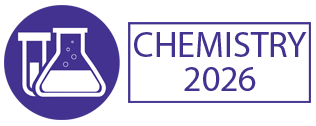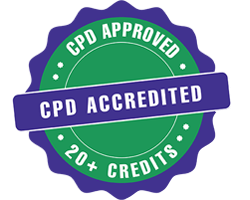Title : Nuclear and radio chemistry: Investigation on irradiation-induced radiochemical & microstructural damage of SA508-Ⅲ RPV steel via neutron/proton irradiation and nuclear dosimetry (dpa)
Abstract:
From the perspective of Nuclear and Radio Chemistry, this study focuses on domestic low-Cu high-purity SA508-Ⅲ Reactor Pressure Vessel (RPV) steel—the core safety barrier of nuclear power plants (NPPs)—to explore its irradiation damage mechanism, which originates from radiochemically driven microstructural and chemical evolutions induced by nuclear irradiation. Experimentally, thermal neutron irradiation (a typical nuclear irradiation source) was performed on 35CrMo steel using the CARR reactor (fluence: 5×10¹⁹ cm⁻²), with a 350℃ heat-treatment control group. For SA508-Ⅲ steel, 100 MeV/70 MeV proton beams (beam current: 1 μA–1 mA) were applied for gradient-fluence irradiation. SRIM software (a key tool in nuclear dosimetry) simulated radiological damage depth distribution and calculated dpa (displacement per atom, a core nuclear dosimetry parameter) to optimize irradiation conditions. Multi-scale radiochemical characterization techniques—including TEM (for dislocation loop analysis), 3DAP (for quantifying radiochemical microsegregation), SPAS (for radiochemical defect detection), and nanoindentation—were combined with MD/MC simulations to capture irradiation-induced chemical and microstructural changes.
Results showed:
Neutron irradiation increased 35CrMo steel’s Brinell hardness from 298.3 HBW to 372.5 HBW (±3.6 HBW), driven by radiochemical effects: interstitial dislocation loops (density: 2.7×10²² m⁻³) and Mo₂C carbide grain-boundary segregation (irradiation-induced chemical migration).
For SA508-Ⅲ steel, 3DAP revealed <5 nm Mn-Ni-Si clusters (LBPs)—radiochemical aggregates from nuclear irradiation—with number density positively correlated with fluence, confirming LBPs as the dominant cause of low-Cu steel hardening (a key radiochemical mechanism).
Proton irradiation (a nuclear simulation tool) induced surface hardness increase (max load: 20 mN, indentation depth: 3000 nm) with exponential damage decay (consistent with SRIM-simulated UDR). It also caused dislocation pile-up and grain-boundary nanopores (radiochemical defect formation) but no lath martensite phase change.
SPAS showed S-parameter (indicative of radiochemical defect concentration) increased monotonically with dpa (0.01–0.35 dpa), proving vacancy-solute atom complexes (radiochemical products of nuclear irradiation) as main damage carriers.
Notably, proton irradiation simulated neutron-induced matrix damage, but high-energy proton-derived hydrogen doping (a radiochemical side effect) may alter PDR corrosion sensitivity—needing further electrochemical verification. This study deepens understanding of RPV steel’s irradiation damage radiochemical mechanism (core of Nuclear and Radio Chemistry) and provides data for NPP and radiation-resistant nuclear material design.




